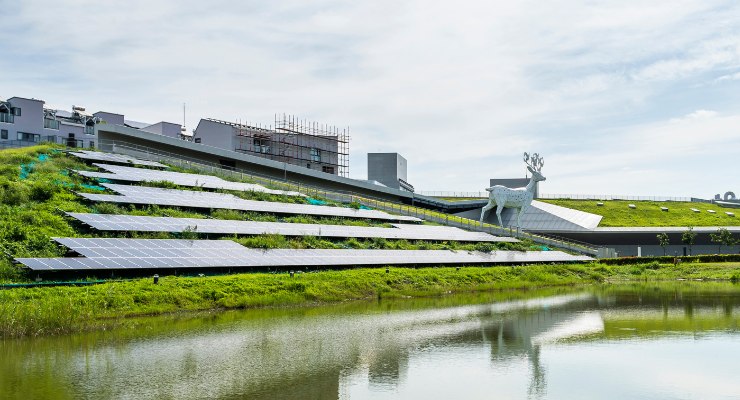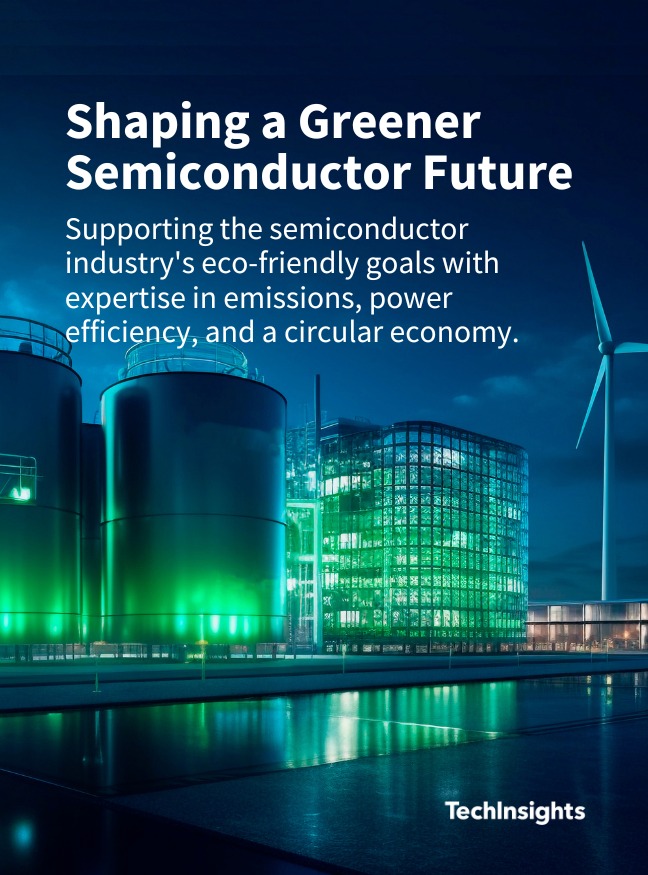Taiwan’s Green Energy Conundrum – Balancing Increasing Demand with Sustainability Targets
Taiwan has set ambitious net-zero emissions targets and is gradually on its way to achieving them. But with limited natural resources and access to renewable energy sources, there are questions remaining whether these recent sustainability gains are enough.
Taiwan is one of over 140 countries to have pledged a net-zero emissions target. A blueprint was devised by Taiwan’s National Council for Sustainable Development (NCSD) in 2022 to achieve this ambition by 2050 with perhaps the most significant aspect being an overhaul of how Taiwan generates and distributes electricity.
As a focal point of high technology Taiwan has an opportunity, with limited domestic fossil fuel resources and a heavy reliance on imports, there is significant promise with renewables, particularly offshore wind and it can take a leading role. We see some progress towards this goal, such as an over 200% increase in solar PV in 2023 alone, however, there are still significant hurdles to overcome. With domestic and geopolitical challenges along with a huge power demand from technology giants, navigating the course to net-zero is still far from straightforward.
A recent article in DigiTimes Asia highlights progress in solar PV increasing over 200% from 190 million kWh in 2022 to 620 million kWh in 2023, this contributes to an estimated direct green power supply increase from 1.7 billion kWh in 2023 to 3.7 billion kWh in 2024. This is an impressive rate of increase but a necessary one. The same article suggests 9.5% of Taiwan’s total electricity generation in 2023 came from renewable sources. Or put differently 90.5% did not, as with many nations there is a long way to go to net-zero.
Number of Factors at Play
Historically Taiwan has struggled for natural resources for energy production, in 2016 the US Energy Information Administrated stated:
"Taiwan has very limited domestic energy resources and must rely on oil and coal imports to satisfy the majority of its energy demand. According to Taiwanese official statistics, oil, coal, and natural gas made up 48%, 29%, and 13% of Taiwan’s total primary energy consumption in 2015, respectively, while the remainder was mostly nuclear (7%) and smaller amounts of various renewable energy sources. Total energy import dependence was about 98%, according to the Taiwanese government.”
There have been efforts to increase domestic oil production with exploration being undertaken in the Taiwan strait, however these efforts are significantly complicated by the complex relationship with China and sovereignty disputes over Taiwan itself and the South China Sea. It is clear the single digit percentage increase in renewable consumption over the previous eight years needs to accelerate rapidly to meet net-zero ambitions.
Resistance to Energy Options Complicates Matters Further
In recent years focus has shifted to renewable projects, Taiwan’s greatest natural resource for renewable energy generation is offshore wind. Expansion of these efforts form a significant part of Taiwan’s net-zero objectives, however, are not without challenges of their own. Rising costs have caused the recent exit of several firms from these projects.
The recent 2024 Taiwanese Presidential election showed a mix of opinions in routes to net-zero. An article from Taiwan Insight summarized the different leaders’ policies in energy mixes in both 2030 and 2050. The two most popular candidates from the KMP and DPP agree to zero coal or oil by 2050 suggesting potential exploration in the Taiwan Strait for further oil resource is only realistically a short-term solution.
There is a difference of opinion in the role of nuclear energy. This is a complex topic and is particularly controversial in Taiwan which currently has three nuclear plants. There was an election pledge in the 2016 election to move Taiwan toward a nuclear-free society. A fourth facility was under construction but suspended in 2014 due to public protests over safety concerns.
To complicate matters further Taiwan has held several referendums on energy policy in recent years with mixed results. In 2018 voters repealed a portion of the Electricity Act which required the phase-out of nuclear power by 2025, however in a separate 2021 referendum questions voters rejected restarting construction on the 4th nuclear power plant.
The issue in ensuring energy continuity was bought to the fore recently with an average electricity price rise of 11%. announced on March 22. The continued reliance on foreign fossil fuel imports has left Taiwan vulnerable to global price increases, while the impact upon consumers is said to be limited to a 3%-5% increase it has been suggested the increase for high technology companies could be as high as 25%. The delicate energy balance in Taiwan has even left it vulnerable to blackouts with multiple incidents in recent years. Nuclear power advocates would suggest these facilities could prevent this in the future and provide a vital step in the net-zero transition.
Semiconductor Giants Dominate Renewable Energy
Technology companies play a pivotal role both in energy consumption but also driving green power generation requirements. TSMC was the first semiconductor manufacturer to join the RE100 initiative in 2020, this commits TSMC to sourcing 100% renewable energy by 2050. An earlier article from DigiTimes Asia notes ‘The top ten corporate buyers account for nearly 98% of the total green energy procurement, with TSMC being the largest purchaser of green energy.’ Other companies have followed suit such as GlobalWafers joining the RE100 initiative in 2022 and making significant investments into their own solar PV facilities.

TSMC accounted for 6% of Taiwan’s total energy consumption in 2020 and projected to increase to a staggering 12.5% by 2025 and projected to increase, with the impact of extreme ultraviolet lithography (EUV) for the most advanced process nodes having a huge impact. The desire for green energy is not going to slow down, can renewable production and grid infrastructure keep up?















